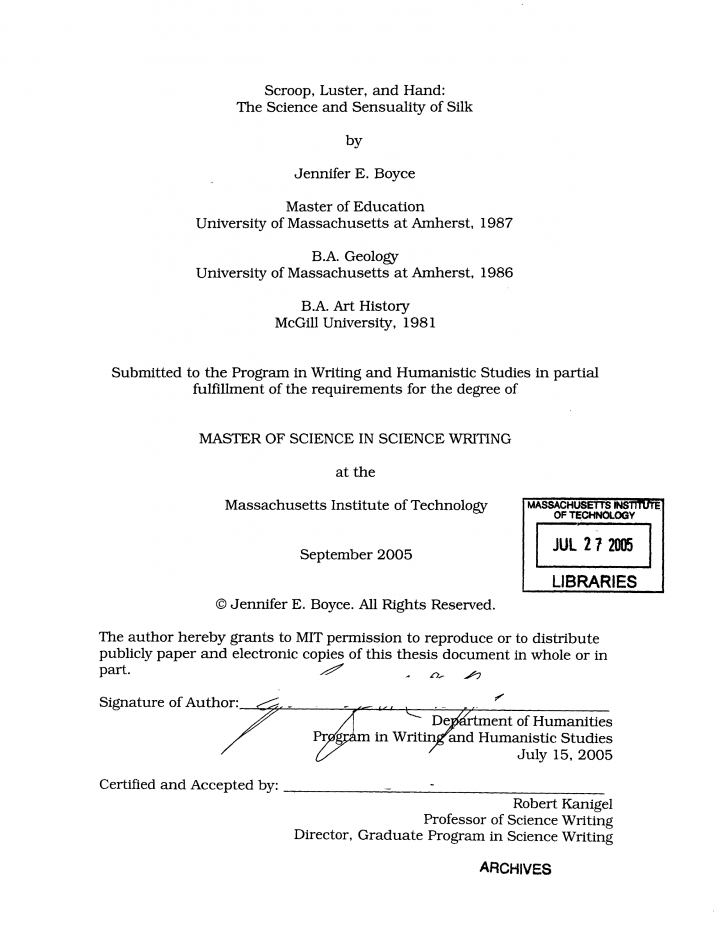For five thousand years, silk threads have woven through the fabric of human history. Since its accidental discovery in China all that time ago, silk has played roles, major or minor, in many cultures. In both the East and the West, it has cropped up in some rather unexpected places. Silk’s molecular structure, unique among natural fibers, imparts equally unique physical and chemical properties. It is these properties that give silk the versatility and functionality of which such staying power is made. Its strength and resilience make silk valuable as a material, whether for body armor or contraceptive devices. Its low conductivity made it an excellent insulator for early electrical applications, and silk’s hydrophilic nature make it comfortable to wear in hot weather. The list goes on. Silk’s appeal goes far beyond the practical, however. As a luxury good, it wordlessly signals the high economic status of its wearer. But perhaps silk’s most profound attractions are aesthetic. The rustling scroop, the rich luster, and the soft hand are all products of science, but they appeal to the senses as well as the mind. It is remarkable that one fiber can do so much. To fully grasp just how remarkable requires an appreciation of both the science and sensuality of silk. They are inseparably interwoven.
Scroop, Luster, and Hand: The Science and Sensuality of Silk

It is remarkable that one fiber can do so much. To fully grasp just how remarkable requires an appreciation of both the science and sensuality of silk.




